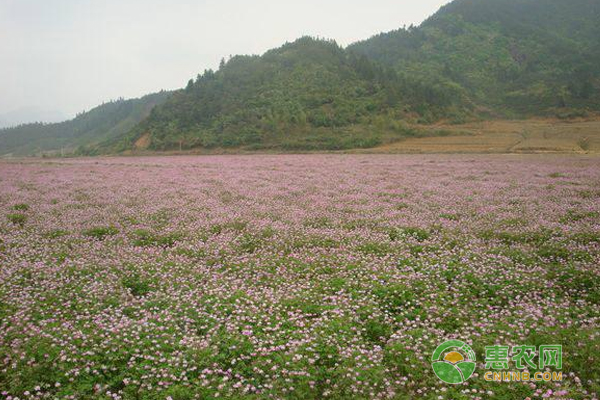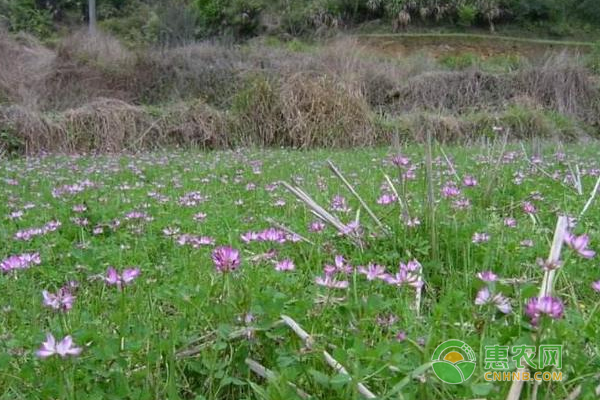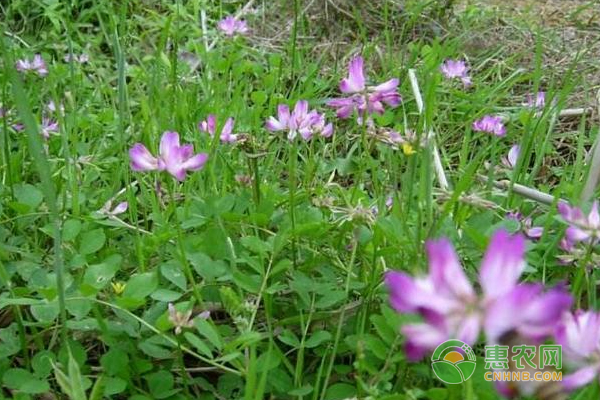According to Xiaonong.com, the rice fields planted by many rural households have caused soil compaction due to long-term application of chemical fertilizers. However, the yield of rice fields is getting lower and lower. How to change this phenomenon? The following is a small series of Huinong.com to give you the support of the growers, and have a look!
With the increase of agricultural intensification, the amount of fertilizer applied to farmland is increasing, and the amount of organic fertilizer applied is rapidly decreasing. Long-term application of chemical fertilizers resulted in soil compaction, poor agglomerate structure, decreased fertility, and deteriorated physical and chemical properties. At present, the reasonable utilization rate of straw resources in China is low, only 20% to 36% is used as feed and fertilizer, and the burning and discarded straw is as high as 45% to 60%. Crop straw burning is a serious phenomenon, which not only wastes the source of organic fertilizer, but also seriously pollutes the environment. As a source of organic fertilizer, rice straw accounts for 26.3% of China's crop straw resources, and is rich in nitrogen, phosphorus, potassium and trace element nutrients.

The over-year-old herb of the genus Astragalus is a symbiotic nitrogen-fixing system. It is an important winter green cover crop in southern rice fields. It has been widely cultivated in the southern rice-growing area and is one of the important green manure crops in China. By fixing nitrogen in the air and phosphorus, potassium and other nutrients in the soil, it can be used to reduce the soil nutrients and provide nutrients for rice growth. Ziyunying and straw returning to the field have a special contradiction to alleviate the imbalance of nitrogen, phosphorus and potassium in China, improve nitrogen utilization efficiency, make up for the deficiency of phosphorus and potassium fertilizer, reduce N2O emissions, and promote sustainable agricultural development.
1. Sowing the milk vetch in winter, combining land and land
1.1 Pretreatment of Chinese milk vetch, seed soaking and germination of the genus Astragalus genus, a genus of genus, can form a symbiotic nitrogen fixation system, is an important winter green cover crop in southern rice fields, and is one of the important green manure crops in China. The Ziyunying variety uses "Xiangfei No. 3" with early maturity and high yield and strong growth potential. Choose a sunny day, dry the seeds of Xiangfei No. 3 Ziyunying for 1-2 days; in high temperature weather, do not directly spread the seeds on the cement floor to prevent the temperature from burning the embryo, affecting the germination rate; It should be diluted, diligently, and sun-dried to ensure that the seeds are exposed to light and heat. After the sun is finished, the seeds are selected to remove debris and dysplastic seeds.

1.2 Seed and sowing time Select the sowing time. Sprinkle the seeds evenly in the rice field 10 days before the harvest of the late rice to ensure that the seeds are all scattered to the mud surface when planting, and increase the emergence rate; timely harvest the late rice to ensure sufficient sunshine in the Ziyun Ying seedling period. Promote Miaoquan, Miaozhuang, improve the quality of seedlings; clean the ditch before winter, to ensure that the field does not accumulate water, apply calcium phosphate in the spring of the next year, in order to achieve the effect of "phosphorus to increase nitrogen", no nitrogen fertilizer in the growing season;
1.3 The period of purple vetch and the fine soil preparation of Ziyunying were placed in mid-April. At this time, Ziyunying was in the flowering stage with the most vegetative growth and the highest biological yield. In the soil layer, the amount of Chinese milk vetch returned to the field was set to 30,000 kg / ha (T1: replace 60% urea nitrogen), 22500 kg / ha (T2: replace 45% urea nitrogen), 15000 kg / ha (T3: replace 30% of urea nitrogen ), 0 kg / ha (CK: all applied urea nitrogen) four levels. The depth of overturning is within the range of the plough layer, requiring strict compression, compaction, and tightness with the soil without voids. After ploughing, water is added in time and the water layer is kept for 20 days to accelerate the decomposition of the milk vetch.
2. Early rice seedlings and transplanting
2.1 Double-season rice selection: The early rice varieties were selected from the three-line medium-maturing hybrid early indica combination T Liangyou 705. The comprehensive performance was high and the yield was good. The late rice varieties were selected from the three-line high-quality hybrid late-season combination “Yueyou 9113â€;
2.2 Rice uses plastic floppy disk to raise seedlings and nursery seedlings. The seedlings are bred by artificial transplanting method. The rectangular plant spacing is 20cm×30cm. This density method can not only achieve higher density level, but also has large row spacing, which is convenient for ventilation and light transmission. And field operations;
2.3 Standard requirements for transplanting: After 30 days of simmering, the saplings are suitable for cultivating the soil for 20 days, then plowing the soil to smooth the soil and then transplanting the sorghum; applying the base fertilizer in combination with the arable land, drying the fields after ploughing, fine soil preparation, and planting shallow, Uniform, straight, on the basis of planting, efforts to achieve uniformity, is conducive to promoting overall balanced growth, planting is conducive to field management; transplanting requires smooth surface, water depth 5-7 cm, appropriate to enhance drought resistance To ensure that young ears are not affected by drought;
2.4 Early rice management, in the context of consistent nitrogen application, 70% of nitrogen fertilizer and all phosphorus and potassium fertilizers were applied as base fertilizers at one time, 30% urea was used for topdressing in the tillering period; nitrogen fertilizer application rate was 200kg/ha (CO(NH2) 2) The application rates of phosphorus and potassium fertilizers are 85kg/ha (P2O5) and 100kg/ha (K2O) respectively. After rice transplanting, the wild old herbicides are used to kill grass, and during the rice growth period, 4 pesticides are used to control diseases and pests; Management adopts local flooding - drying field - dry and wet alternate mode, specifically for tillering period, deep water management during the booting period, filling period, shallow water during maturity period, keeping rice fields moist, and starting drainage one week before harvest;
2.5 Harvesting early rice: After harvesting, choose sunny day for harvesting. When harvesting, do not waste water in the field, so as to avoid rice immersion in water to affect rice quality;
3, early rice straw returning to the field
After harvesting, the straw left after the harvest is harvested in the field, the straw is required to evenly fill the surface of the field. If the straw is unevenly distributed after the harvester operation, it can be properly paved and evenly placed. The amount of straw returned to the early rice is set to 2000kg/ Ha, replacing 15-20% of urea nitrogen.
4, late rice transplanting and management, consistent with early rice field management; late rice should control second-generation aphids, third-generation aphids, sheath blight, rice warm disease;

5, late rice harvest, harvested on sunny days after maturity, when harvesting, do not water in the field, so as not to soak the rice in the water to affect the quality of rice.
A new method for rice paddy maintenance, sowing in the winter, using a combination of land and land, not only improves the yield of paddy fields but also saves nitrogen. This is a win-win planting method, and farmers are quick to see!
Organic malt syrup is made from high-quality corn starch, after liquefaction, saccharification, decolorization, filtration, and refined concentration, with maltose as the main component product. Maltose syrup has low moisture absorption and high moisture retention, mild and moderate sweetness, good anti-crystallization, anti-oxidation, moderate viscosity, good chemical stability, and low freezing point.
Malt Syrup,Organic Malt Syrup,Organic Malt Powder,Corn Malt Powder
Organicway (xi'an) Food Ingredients Inc. , https://www.organicwayince.com